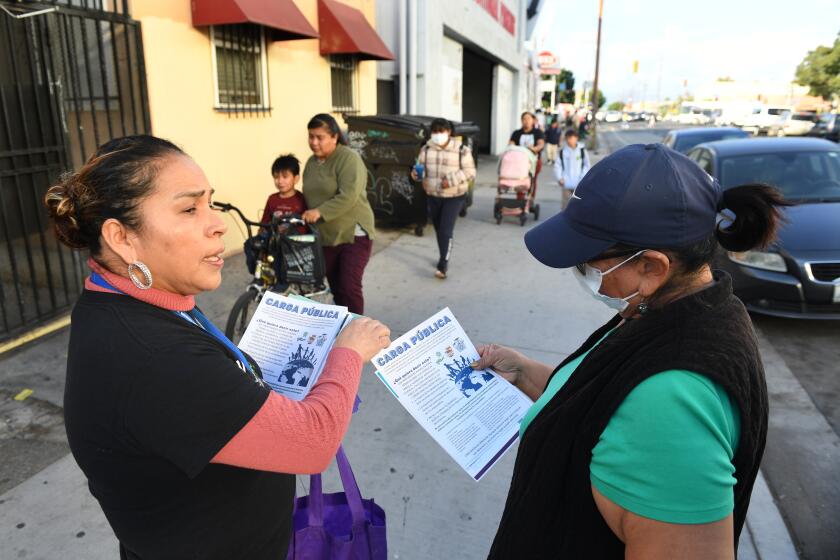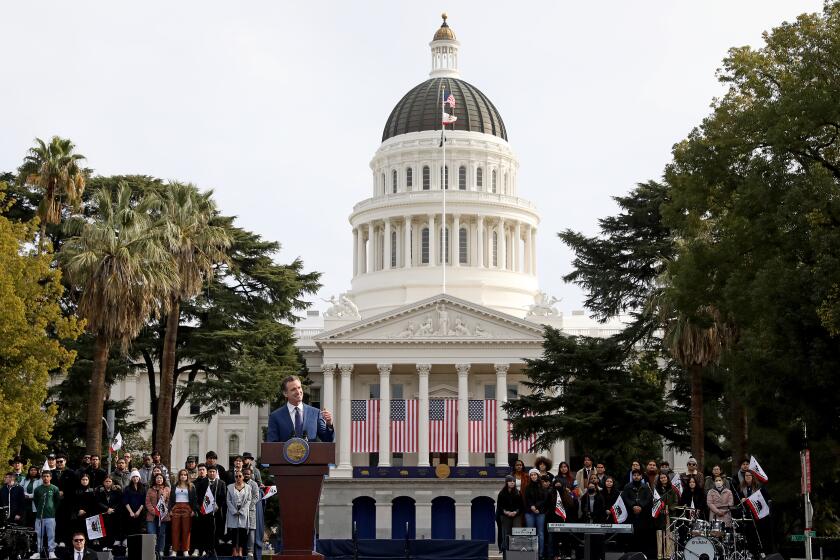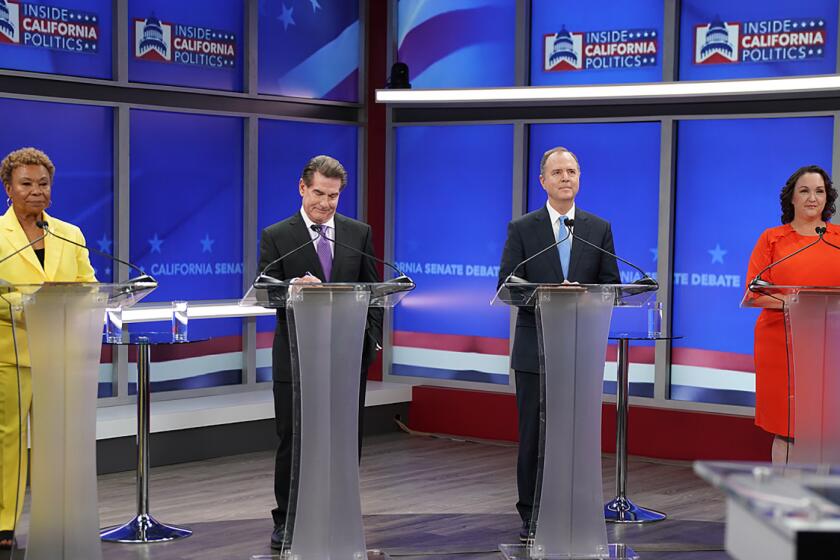Phil Willon is the California politics editor based in the Sacramento bureau of the Los Angeles Times and oversees coverage of state politics and the state capital. From regional water boards to the White House, Willon has reported on and written about almost every level of government and politicking imaginable. He previously covered Gov. Gavin Newsom, the 2022 and 2018 governor’s race and the 2016 U.S. Senate race. Before heading north, Willon covered Los Angeles Mayor Antonio Villaraigosa and roamed Southern California’s mountains and deserts as the newsroom’s state correspondent in the Inland Empire where, years before, he served as the L.A. Times Inland Empire Edition editor. Prior to joining The Times, Willon served as the Washington, D.C., correspondent for the Tampa Tribune. At the Tribune, Willon also covered Florida Gov. Lawton Chiles, Hurricane Andrew and the investigation leading to the arrest of serial killer Danny Rolling. He began his newspaper career as the Kent Island correspondent for the Capital in Annapolis, Md. Willon grew up in Los Angeles and graduated from UC San Diego.
Latest From This Author
Newsom hopes to end his time as governor in an air of accomplishment and acclaim. But the Democrats running to replace him have a much different agenda.
Californians may see a voter ID ballot measure in 2026, but do we need one?
Gov. Gavin Newsom announced Friday that California will look for ways to expand trade despite President Trump’s sweeping round of tariffs that have sent financial markets tumbling.
The Democratic governor of California made the comments during an hourlong interview with conservative commentator Charlie Kirk, a loyal supporter of President Trump.
California faces major cuts in federal funding
The initiative aims to connect Californians with government officials in times of disaster and allow them to express their concerns about matters affecting their day-to-day lives.
As Californians wait to hear whether former Vice President Kamala Harris will run for governor, the first major Republican candidate has entered the race.
Riverside County Sheriff Chad Bianco, an avid supporter of President Trump and fierce critic of Gov. Gavin Newsom, will run for governor in 2026.
The wide-open race to succeed Gavin Newsom as California governor has already attracted a large and diverse field of candidates.
On Monday night in San Francisco, the top four candidates in the race squared off in their second debate, spending an hour fielding some pretty cutting questions — including whether they thought President Biden and former President Trump were too old to run.










